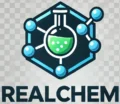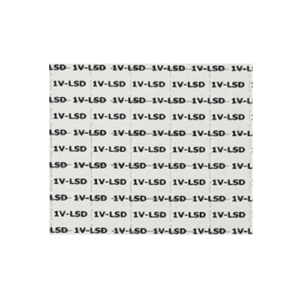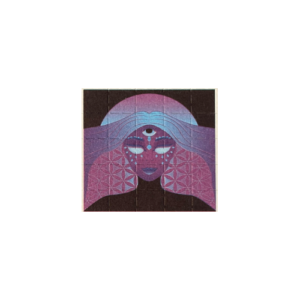1V-LSD "Valerie"
1V-LSD (Valerie): Lysergamide Research Profile and Scientific Overview
1V-LSD, also known informally as “Valerie”, is a novel lysergamide derivative structurally related to LSD. It has become a prominent compound in psychedelic research for its potential role as a prodrug to LSD, meaning it may convert to LSD once metabolized. Though empirical data is limited, early studies and anecdotal findings suggest it behaves similarly to other known LSD analogs such as 1P-LSD, 1cP-LSD, and 1B-LSD.
This compound is of significant interest in receptor-binding assays, neuropharmacological modeling, and analytical comparisons among ergoline derivatives.
Chemical Classification and Structure
-
Full Name: 1-valeryl-lysergic acid diethylamide
-
Molecular Formula: C24H31N3O2
-
Chemical Class: Lysergamide / Ergoline derivative
-
Common Form: Typically distributed in blotter or powder form (for lab use only)
-
Scientific Applications:
-
5-HT2A receptor binding studies
-
Lysergamide structure-activity relationship (SAR) research
-
Investigating prodrug conversion to LSD
-
Analytical method development (e.g., HPLC, GC-MS)
-
The valeryl group substitution at the indole nitrogen distinguishes 1V-LSD from other analogs and may impact its metabolic pathway, duration, and onset.
Research Interest and Observations
While no formal human or animal studies are authorized, 1V-LSD has gained traction in academic circles for its unique position among next-generation lysergamides. It is generally believed to possess:
-
LSD-like pharmacodynamics
-
Slightly altered potency or time-release profile
-
Potential advantages in stability or shelf life
-
Similar handling characteristics to 1P-LSD and 1D-LSD
These insights remain speculative and non-clinical, and are based solely on limited third-party analysis and anecdotal data.
Laboratory Safety and Handling
1V-LSD is active at microgram levels and requires precision handling under strict lab safety standards. It is not for personal use or unsupervised handling.
Best practices include:
-
Use of gloves, goggles, and dust-free workspaces
-
High-accuracy digital scales (microgram sensitivity)
-
Light- and air-proof storage at stable, cool temperatures
-
Labeling and batch tracking for quality control
-
Research in compliance with national lab regulations
Legal Status of 1V-LSD
Legal classification of 1V-LSD varies depending on jurisdiction. It is not listed under the UN Convention on Psychotropic Substances, but it may be controlled as an analog of LSD in some regions.
-
United States: Unscheduled federally; may be covered under the Federal Analog Act
-
Germany: Controlled under the NpSG (Neue-psychoaktive-Stoffe-Gesetz)
-
United Kingdom: Likely covered under the Psychoactive Substances Act (PSA)
-
Switzerland & Netherlands: May be allowed for research with proper licensing
-
Austria, Italy, Sweden: Under increasing regulatory attention
Researchers must consult national laws before importing or studying 1V-LSD.
For Research Use Only
1V-LSD is not approved for medical, veterinary, or nutritional purposes. It is supplied strictly for scientific, forensic, and analytical use by qualified institutions and laboratories.
Showing all 4 results




